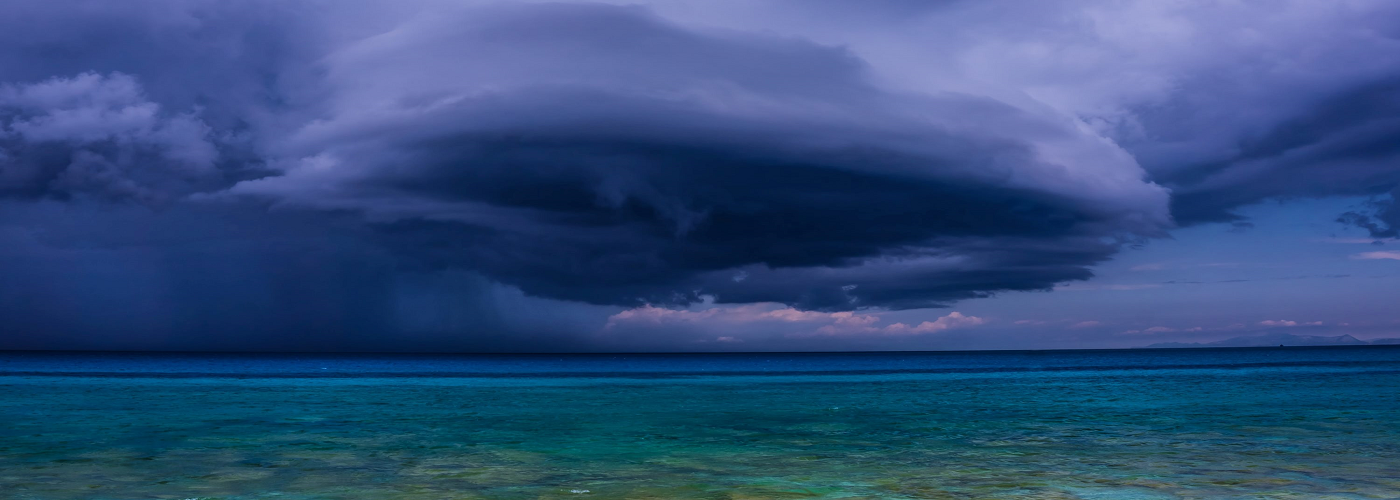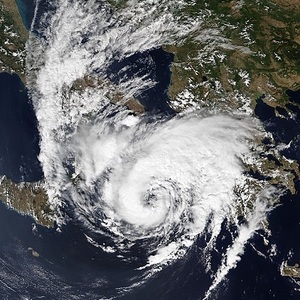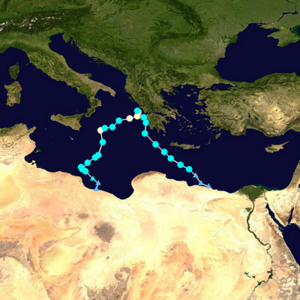

Places like Florida, islands in the Caribbean, or even exotic locales in the Pacific Ocean are often the places that come to mind when thinking of locations that experience tropical storms, hurricanes, and typhoons. Surprisingly, areas bordering the Mediterranean Sea deal with strong, hurricane-like systems, as well. These systems, called “medicanes” (short for Mediterranean hurricanes), in addition to producing extensive damage have unfortunately proved deadly over the past few decades.
The strongest medicane yet recorded struck the country of Greece back in September of 2020. Named Ianos, the storm was equivalent to a Category 2 hurricane with sustained winds of 98 mph and gusts to 120 mph. Initially forming over the Gulf of Sidra in the southern Mediterranean Sea on September 14, the storm intensified as it worked north-northwest skirting by the southern tip of Italy before turning more easterly, aiming at the west coast of Greece. Before making landfall, the storm exhibited an eye-like feature. After making landfall on September 18, the storm became nearly stationary as it gradually weakened, before finally working southeast.
As Ianos stalled out over Greece, it dumped very heavy rainfall over terrain which is predominately mountainous. The highest recorded rainfall was an eye-opening 25.38 in (644.7 mm) in Kefalonia. The heavy rain and topography combined to produce dangerous flash flooding, which unfortunately caused the majority of the storm's four fatalities. Damage estimates from the storm sit at €164 million ($100 million 2020 USD).
While not as common as Atlantic or Pacific tropical cyclones, most years in the past several decades have featured at least one of these hurricane-like disturbances, with some years even seeing more than one affect the Mediterranean. The trends in data are still inconclusive on whether these storms are becoming a more frequent occurrence. However, as global ocean temperatures continue to rise, this is expected to only provide more ocean heat energy to fuel these medicanes.

